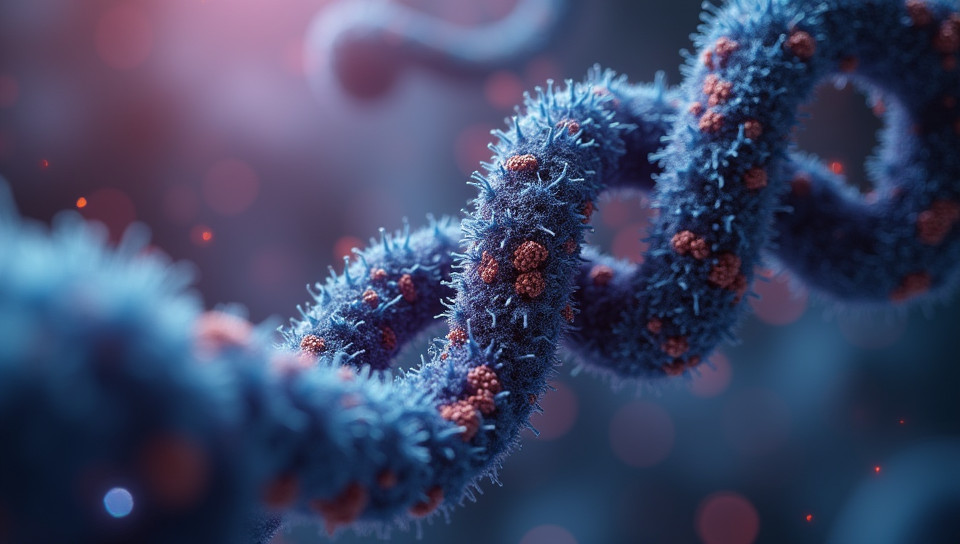Corrected genes can prevent inherited disorders from being expressed 70%

Correcting the Course: How Gene Editing Can Prevent Inherited Disorders
Imagine living in a world where genetic diseases are a thing of the past, and children born with devastating disorders can grow up to lead healthy, happy lives. While we're still far from achieving this utopian vision, recent breakthroughs in gene editing have brought us one step closer to making it a reality.
The Problem of Inherited Disorders
Inherited disorders affect millions of people worldwide, causing untold suffering and financial burdens on families and societies. These conditions are often caused by genetic mutations that can be inherited from parents or occur spontaneously during fetal development. Some examples of inherited disorders include:
- Cystic fibrosis
- Sickle cell anemia
- Muscular dystrophy
The Power of Gene Editing
Gene editing technologies like CRISPR have revolutionized the field of genetics, allowing scientists to precisely edit genes and correct genetic mutations associated with inherited disorders. This approach has shown tremendous promise in both laboratory settings and clinical trials.
How Gene Editing Works
Gene editing involves using enzymes or other tools to cut out specific sections of DNA and replace them with new code. This can be done in various ways, including:
- CRISPR-Cas9: a popular gene editing tool that uses a guide RNA to locate the target sequence and then cuts it.
- TALENs (Transcription Activator-Like Effector Nucleases): enzymes that recognize specific DNA sequences and cut them.
The Future of Gene Editing
While we've made significant progress in gene editing, there's still much work to be done. Scientists are working tirelessly to perfect the technology and overcome challenges like off-target effects and mosaicism (the presence of mixed cell populations with and without the edited gene).
Conclusion
Corrected genes can prevent inherited disorders from being expressed, offering new hope for families affected by these devastating conditions. As scientists continue to push the boundaries of gene editing, we may soon see a future where genetic diseases are a rarity, not a norm. With every breakthrough, we're one step closer to making this vision a reality.
- Created by: Rei Saitō
- Created at: Jan. 13, 2025, 5:35 p.m.
- ID: 17803









